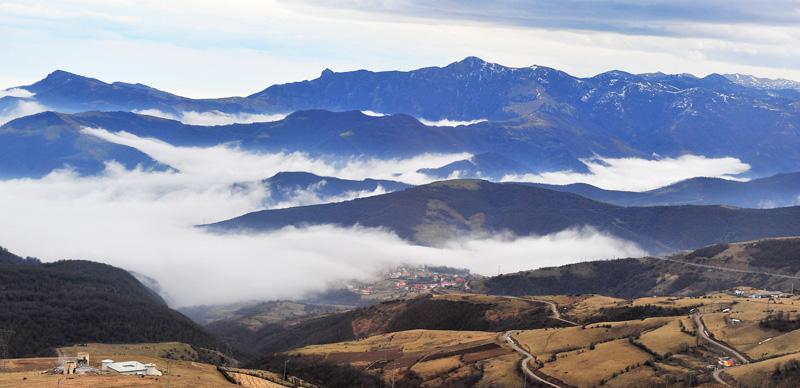
This is the first post in my 3-post series about Iran. My first visit to Iran was in March 2007 when I visited Tehran and then travelled south to Esfahan, Shiraz and the desert around the town of Yazd. It was an unforgettable trip and I couldn’t wait to return. In February 2013 I flew back to Tehran and then took Mahan Airlines southeast to the town of Kerman where my Iranian friends awaited my arrival. I then explored the south and then up to the northwest.
Start reading this 3-post story in the Northwestern Region (this post), then the Central Region, and then the Southern Region.
Journey through this fascinating country with a civilization dating back thousands of years.
Why Travel to Iran?
- The low-down: Iran, previously known as Persia, is a fascinating country with a rich history and vibrant culture that offers travellers unique experiences and sights. As the cradle of one of the world’s oldest civilizations, Iran’s complex identity has been shaped by various factors, including its history, mythology, and interactions with the West. A must-visit if you like off-the-beaten-track destinations.
- The brightest highlight: The people and the culture of Iran are truly special. People are extremely welcoming and this I’m sure may change once the country opens up to independent travel for all nationalities and more tourists visit.
- Intrepid destination: Iran still remains a little-visited country free of mass tourists and in many smaller towns and villages there are few if any international travellers.
- GlobeRovers score (10 is the highest): I truly love Iran. So much to see and a very affordable country to visit. It is relatively safe and easy to travel so it gets a GlobeRovers Score of 9.5 out of 10.

Northwestern Region (You are here)
Go to ~ Central Region
Go to ~ Southern Region
Tehran
Tehran, the capital of Iran and also the capital of Tehran province, has a population of more than twelve million people which places it among one of the largest and most populated cities in western Asia.
It is quite a pleasant city and home to many historical monuments, traditional buildings, mosques, churches, synagogues and even some Zoroastrian fire temples.
Before 1935, Iran was known as Persia
Contemporary Tehran is known for its more recent structures such as the Azadi (Freedom) Tower at the west entrance to Tehran, built in 1971 in commemoration of the 2,500th anniversary of the Persian Empire. Made of white marble stone from the Esfahan region, it is 50 m tall with an observation deck near the top. Finely constructed with eight thousand blocks of stone, this masterpiece appears slightly neglected at the time of my visit.


Tehran also unveiled its contribution to high city towers when it completed the Milad Tower at 435 m (1,427 ft) in 2007. This concrete tower, which in 2023 ranked as the 6th tallest tower in the world, is also referred to as the Tehran Tower.
Tehran is further known for its air pollution, good shopping such as at the Tehran Grand Bazaar with corridors stretching over 10 km in length, and of course the so-called “den of spies” which is the vacant former embassy of the USA.
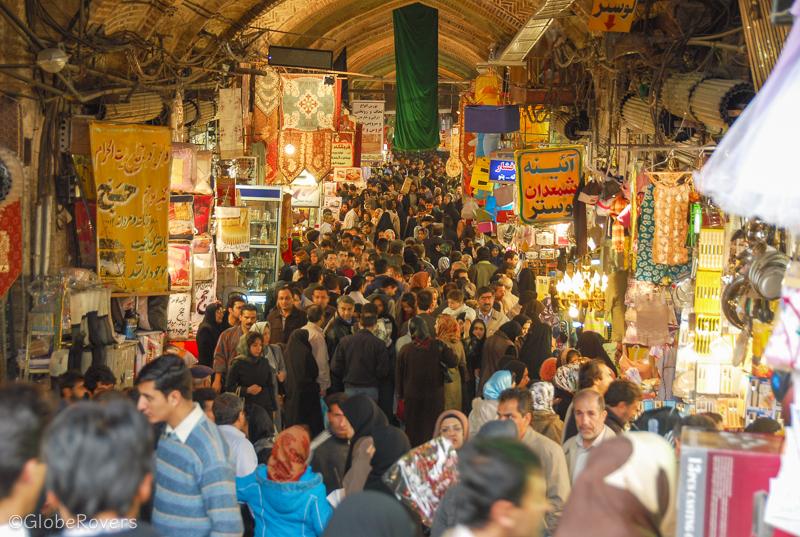
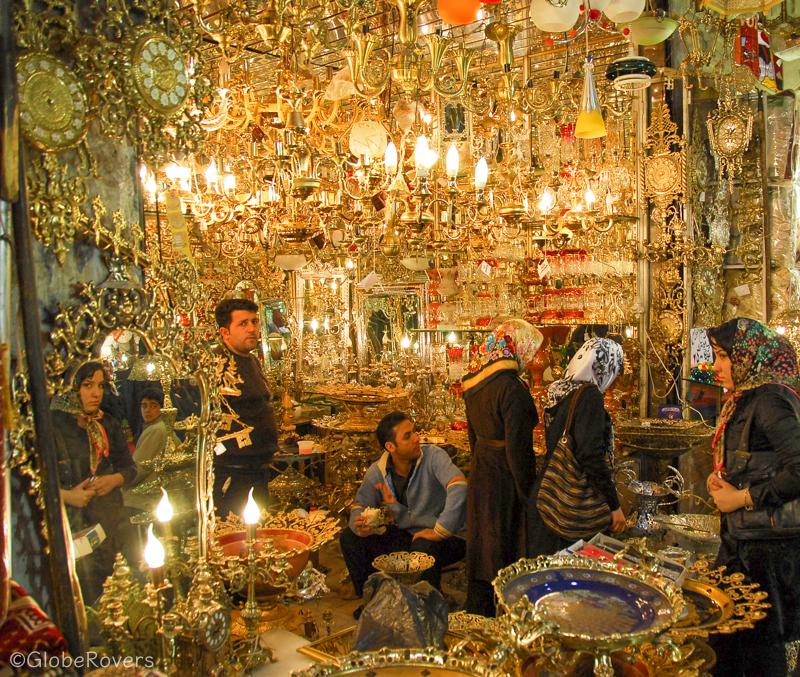
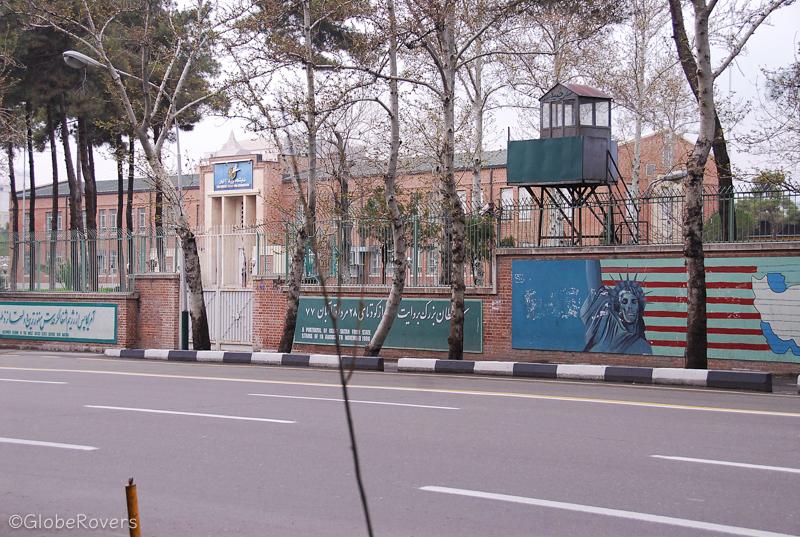
Among the notable tourist attractions in the city is the National Museum of Iran, the Carpet Museum, the Glassware and Ceramics Museum, the Golestan Palace, Sa’dabad Palace Complex, Niavaran Palace Complex, and the fabulous Tehran National Jewels Museum.
Visit ancient lost cities, mosques, temples, shrines, caravanserais, fortresses, castles, and bazaars as well as some of the greatest desert and mountain scenery in the world.
Located next to Laleh Park, the Carpet Museum of Iran (3,400 m²) was founded in 1976 and exhibits a large variety of different kinds of kilims and handmade rugs from all over Iran, in particular from Kashan, Kerman, Esfahan, Tabriz, Khorasan, and Kurdistan. Carpets date from the 18th century to the present time and one of the oldest and most precious carpets date from the Safavid dynasty who ruled Persia from 1501 to 1722.
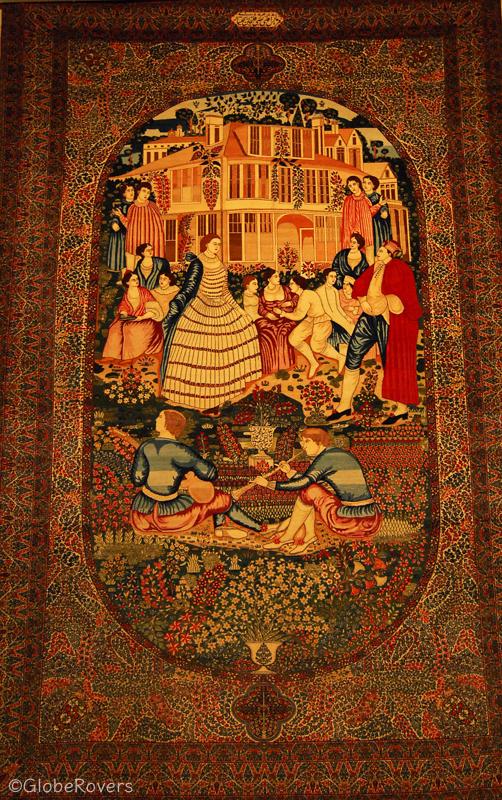
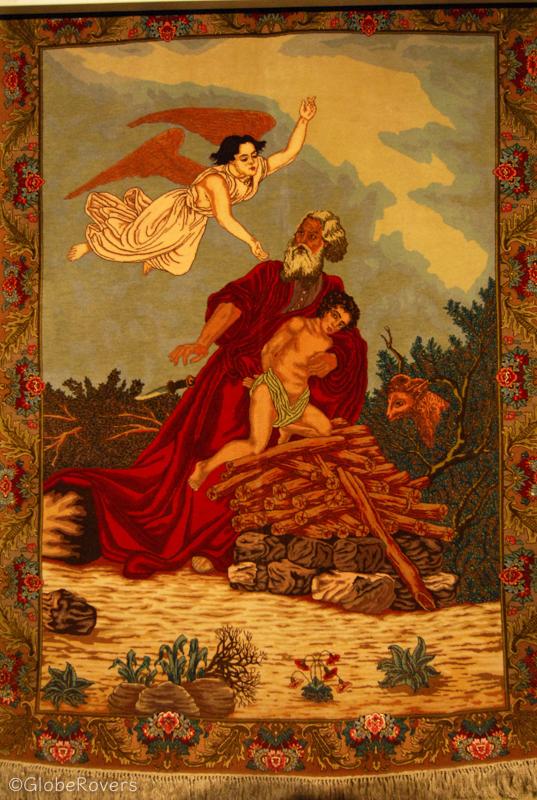
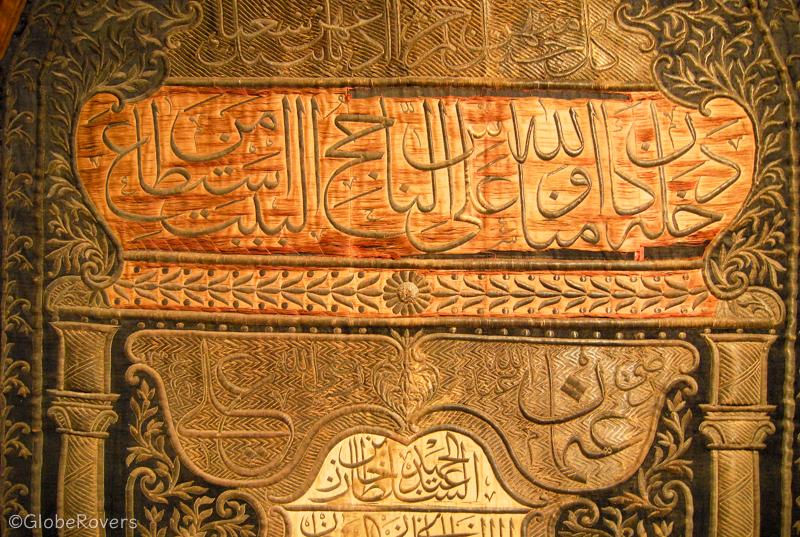
The Glassware and Ceramic Museum of Iran is known for its building as well as for its valuable content. The building was constructed in 1915 on the orders of a former prime minister of Iran, Ahmad Qavam (Qavam-ol-Saltaneh), for his personal lodging (until 1953) but was then used for seven years (1953 to 1960) as the embassy of Egypt.
When relations with Egypt soured, the building was converted into a bank and later sold to Farah Pahlavi’s bureau in 1976 and turned into a museum which opened in 1980. The Glass and Ceramics Museum is administrated by the Iranian Cultural Heritage Organization and displays some of the most valuable glass and ceramics in the world.
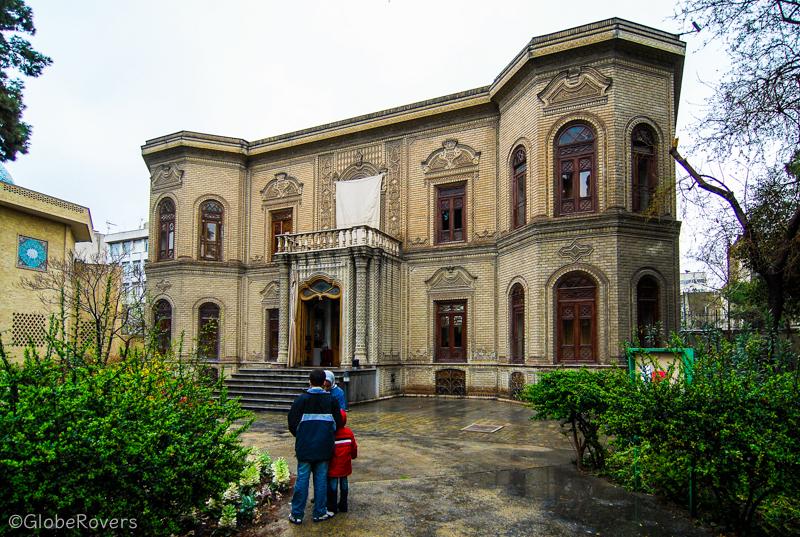
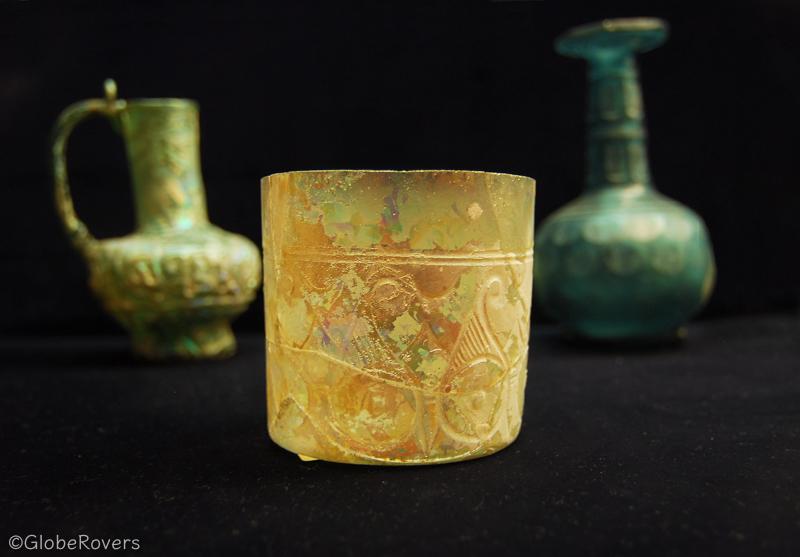

The Golestan Palace is one of the oldest historical buildings in Tehran and is part of a group of buildings that once formed the arg (citadel) of the city. The arg was built during the reign of Tahmasp I (reigned 1524-1576) of the Safavid dynasty (1502–1736). The arg later became the site of the former royal Qajar complex (1794–1925). The Golestan Palace was then the official residence of the royal Qajar family which were of Turkic origin. The building we see today dates from 1865.
After the Qajar period, it was used for formal royal receptions by the Pahlavi royals. Several coronations took place here including Reza Khan (reigned 1925-1941) as well as Mohammad Reza Pahlavi who was the last shah (king) of Iran and reigned from September 1941 until he was overthrown during the Iranian Revolution in February 1979. He died in exile in Egypt on 27 July 1980, aged 60, and his tomb is located in the Rifa’i Mosque in Cairo, Egypt. The Golestan Palace consists of 17 palaces, museums, and halls which were mostly built during the era of the Qajar kings.
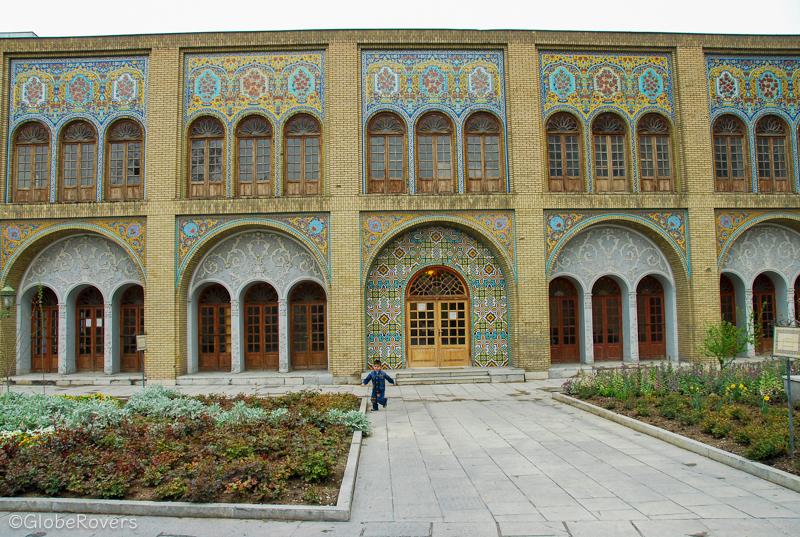
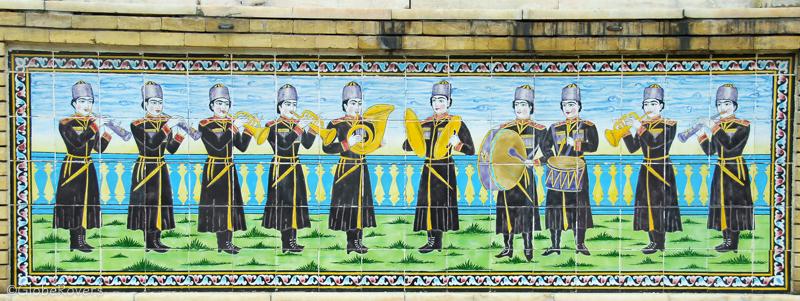
Travelling around the city is fairly easy as there are many taxis and buses. Tehran’s underground train, the Metro, currently (2023) consists of six operational metro lines (and an additional commuter rail line). It carries about 4.8 million passengers a day and is extremely crowded during rush hours when passengers push and shove to get into and out of the trains. Traditional Persian art is prominent in most stations.

In addition to many contemporary restaurants, Tehran has several cozy traditional restaurants that serve authentic Iranian cuisine. Look out for the popular breads (nan-e barbari, lavash, sangak, and taftoon) and Persian kebab which is often served with rice (chelo kabāb).
Some yellow saffron rice is always sprinkled on the white rice which is either Basmati rice (from India and Pakistan) or Persian rice from the northern regions of Iran. Try the tah-chin, a savory saffron rice-cake with a filling such as marinated chicken fillets.

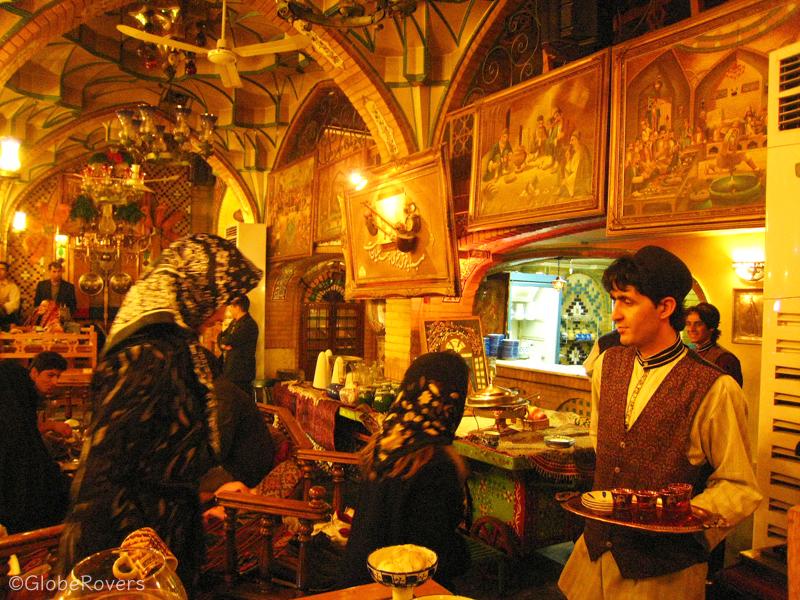

Before leaving Iran, remember to stock up on carpets, nuts, dried fruits, and leather products. At Tehran’s Grand Bazaar you can buy different types of goods, including carpets, spices, copper, gold, and other precious metals.
It is estimated that the total length of the many corridors is over 10 km long. While the current buildings were constructed during the 19th century, the bazaar dates back hundreds of years.
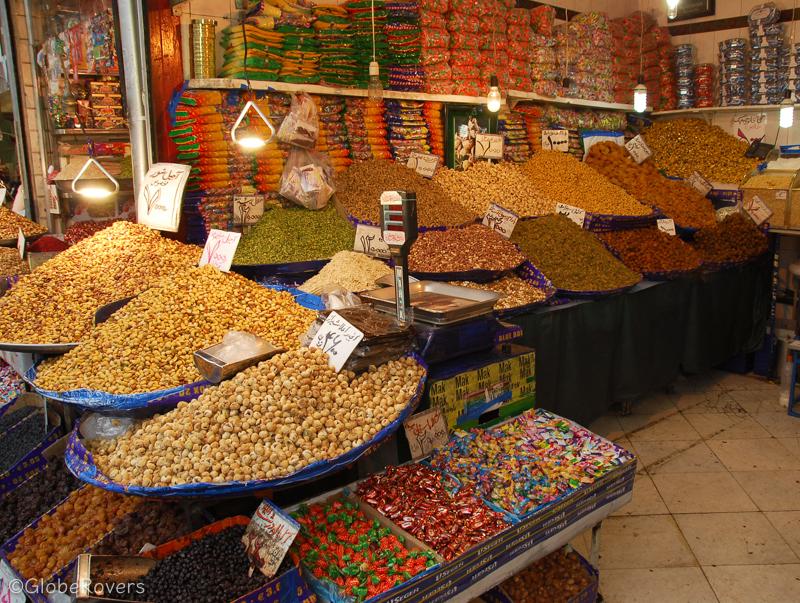
Tabriz
From Tehran I boarded the 12-hour overnight train to Tabriz and then by car to the rock village of Kandovan in the far northwestern province of East Azerbaijan. From there I travelled along the Caspian Sea to the mountain village of Masuleh and then back to Tehran where I stocked up on nuts, dates, figs, leather shoes and belts. With my new Persian carpet, I safely flew out of Iran :).
Tabriz is one of the historical capitals of Iran and is currently the capital of the East Azerbaijan province. While the predominant language spoken here is Azerbaijani Turkic, most people are fluent in Farsi, Iran’s official language which is also the sole language for education. At an altitude of 1,350 m, Tabriz can get quite cold with ample snow in winter and rain in summer.
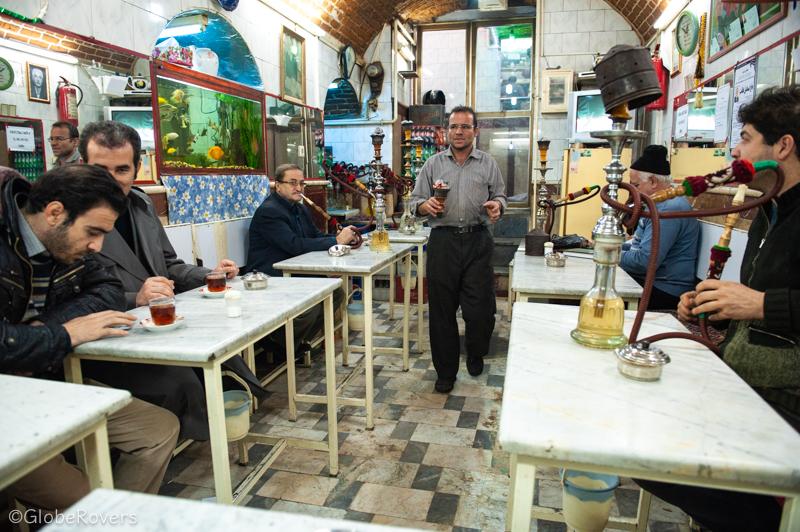
With a long and rich history, Tabriz has many historical monuments dating back to the eras of the Ilkhanids, the Safavids, and the Qajars. Among the most prominent are the Ark-e-Alishah (Arg-e Tabriz) which is a remnant of a fortress built in the Ilkhanate period.
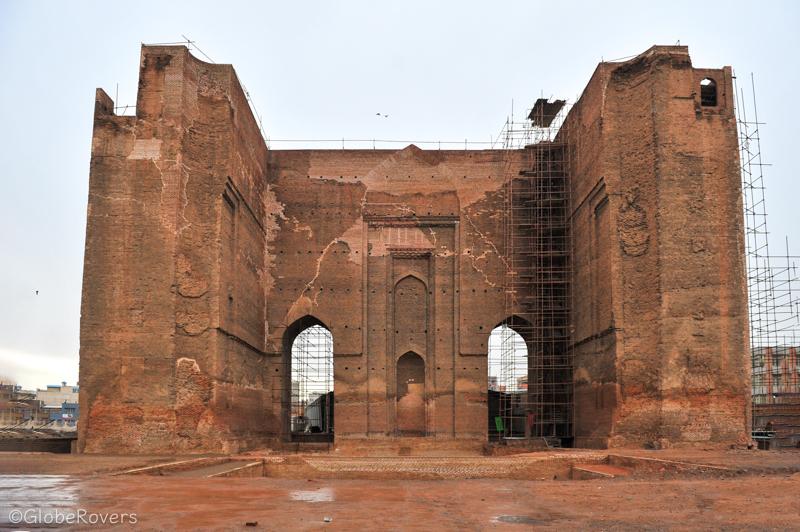
The Kabud Mosque (Blue Mosque), originally built in 1465 on the orders of Jahan Shah (who died in 1467), was severely damaged in the December 27, 1779 earthquake with a magnitude of 6.5 that killed about 10,000 people. Some reconstruction began in the early 1900s and again in 1973 but only a small part of the mosque has been restored by early 2013.
At least the collapsed roof of the mausoleum and the main dome chamber have been restored. The large statue of Khaqani (born in 1121), a Persian poet who died in Tabriz in 1190, stands proudly outside this mosque.
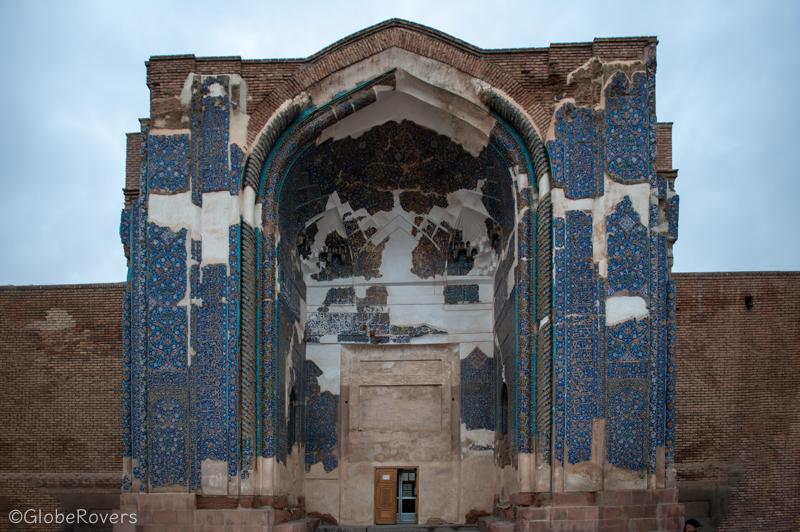
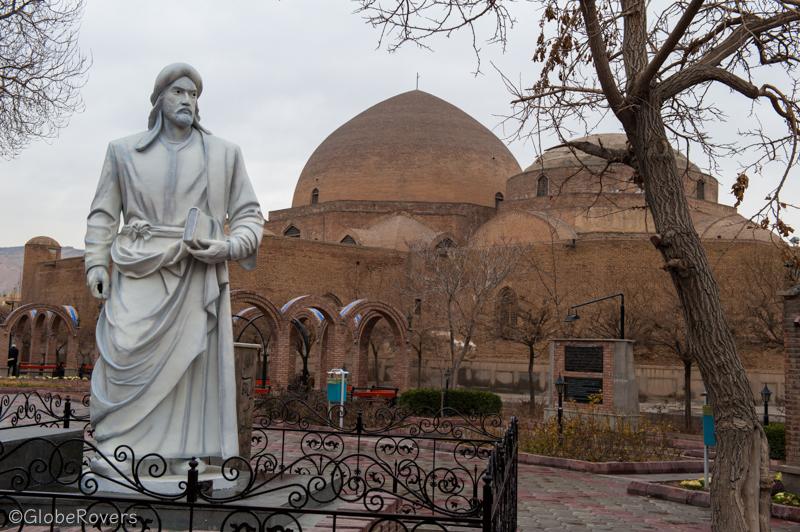
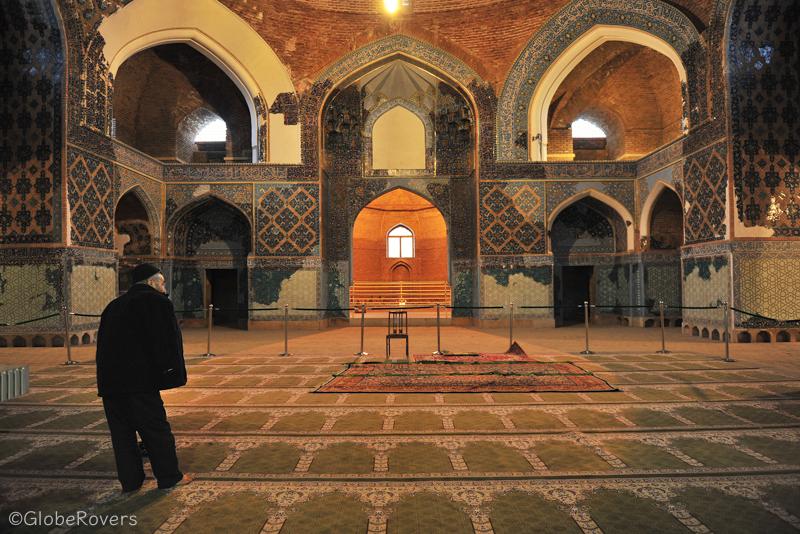
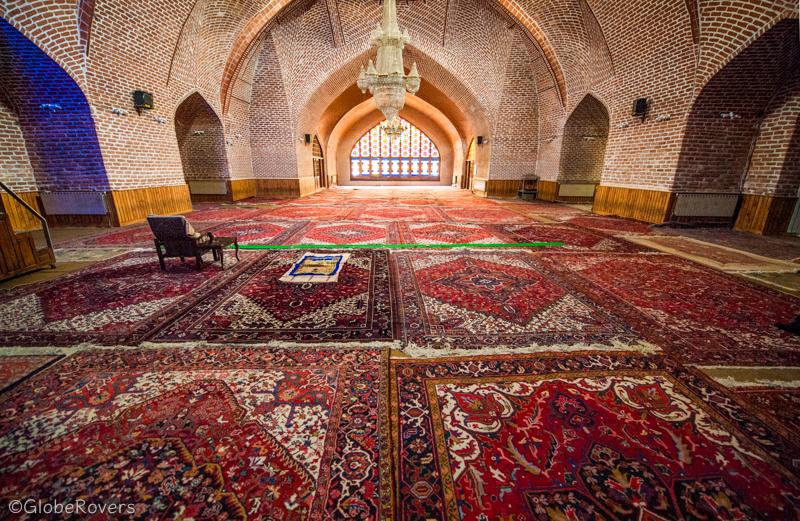
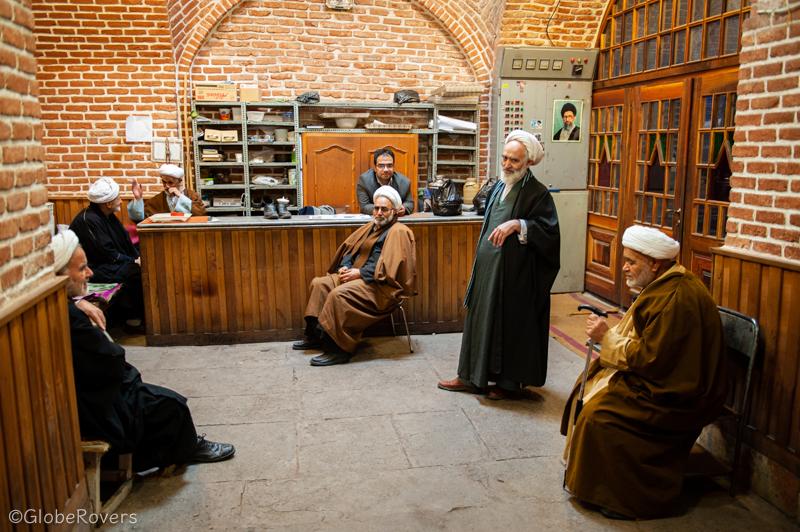
The bustling 13th-century Tabriz Bazaar is one of the oldest in the Middle East and the largest covered bazaar in the world. It consists of a series of interconnected, covered brick structures and buildings and is one of the most impressive bazaars in the Middle East. Come here to buy your Persian carpets, dried fruits, nuts and everything else you need.
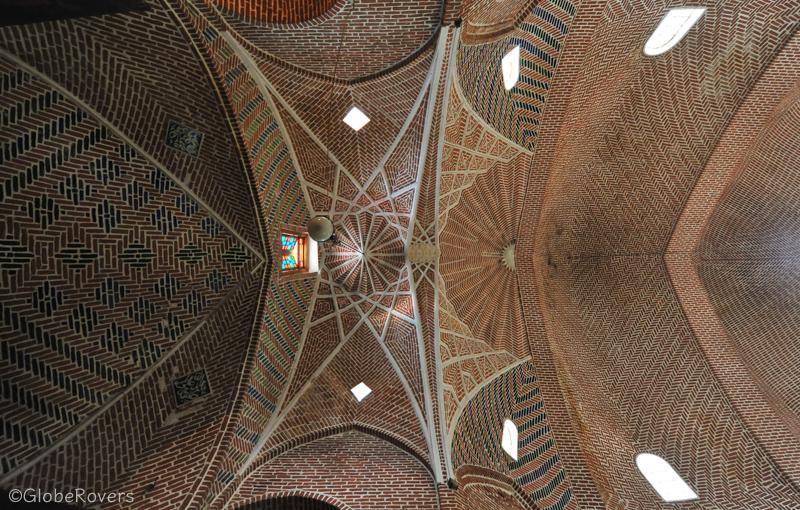
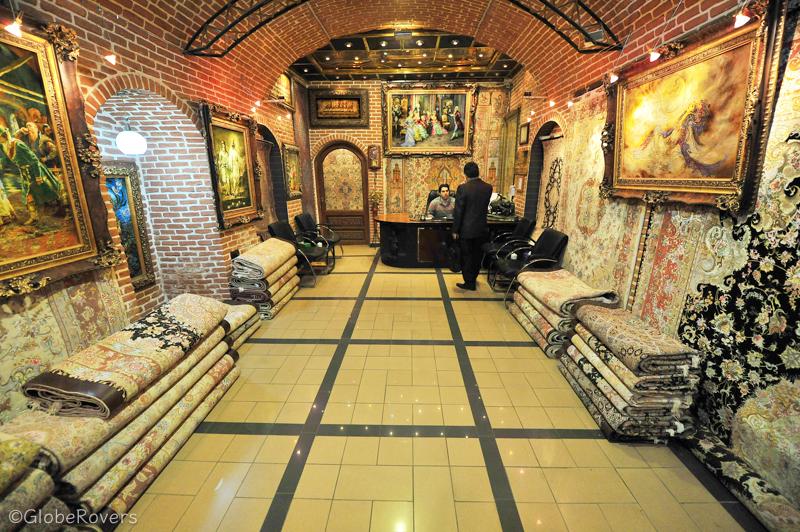
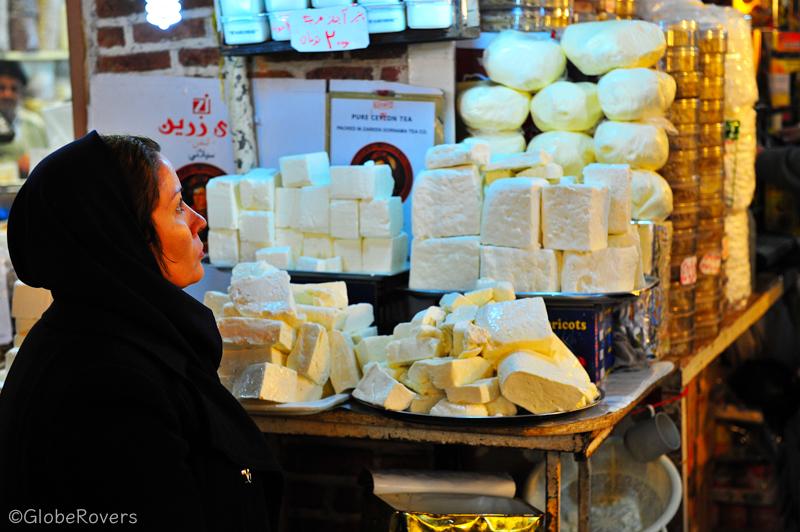
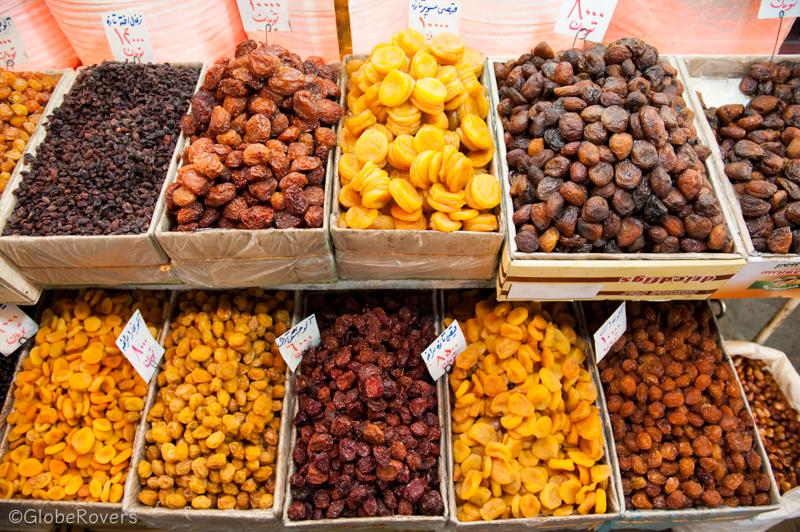
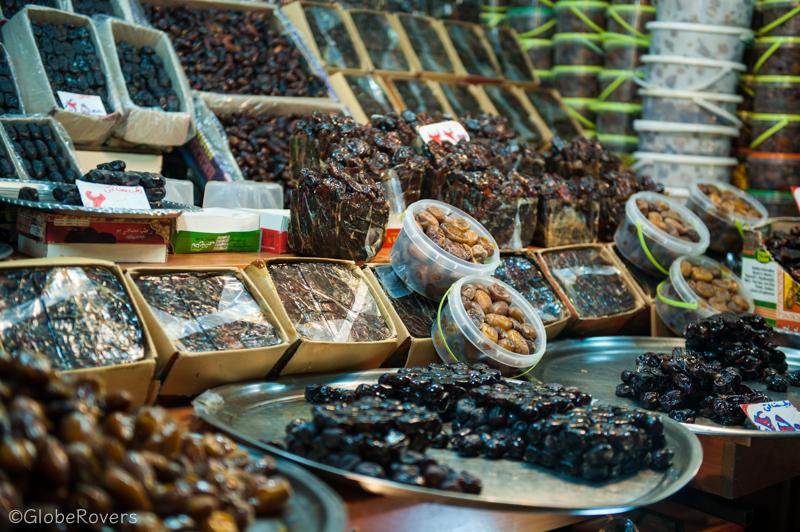
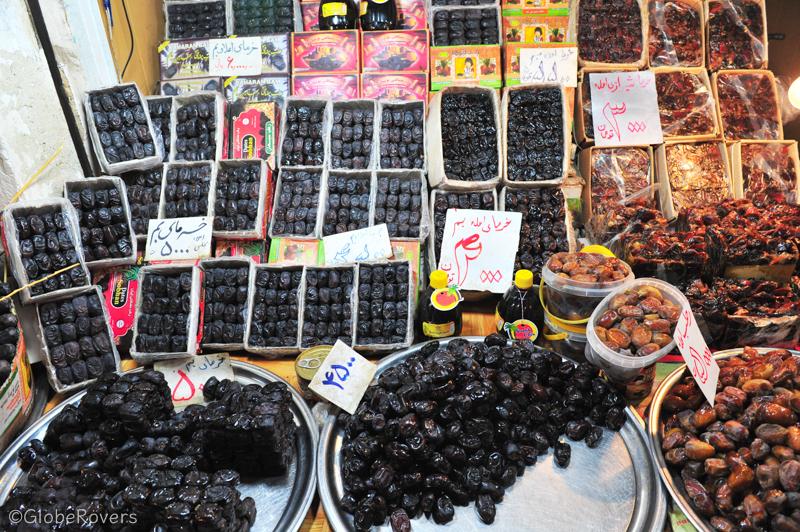
Kandovan
Just 38 km southwest of Tabriz, halfway towards the shores of the salty Lake Urmia, near the town of Osku, is an amazing village. Kandovan is a troglodytic village similar to those found at Göreme in Turkey’s Cappadocia region. Located on the northern slopes of a valley at the foothills of Mount Sahand, the village gets a fair amount of snow in winter.
Most people here live in natural and carved caves embellished with wooden doors and glass windows, a living example of human adaptation to exceptionally unusual natural surroundings. The lower sections of the cone-shaped natural structures are used as stables for sheep and goats while those above them are used as the family living quarters.
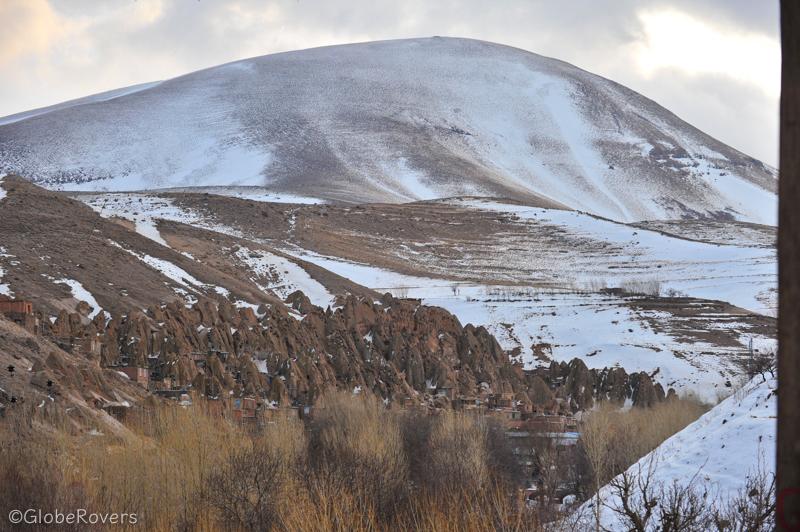
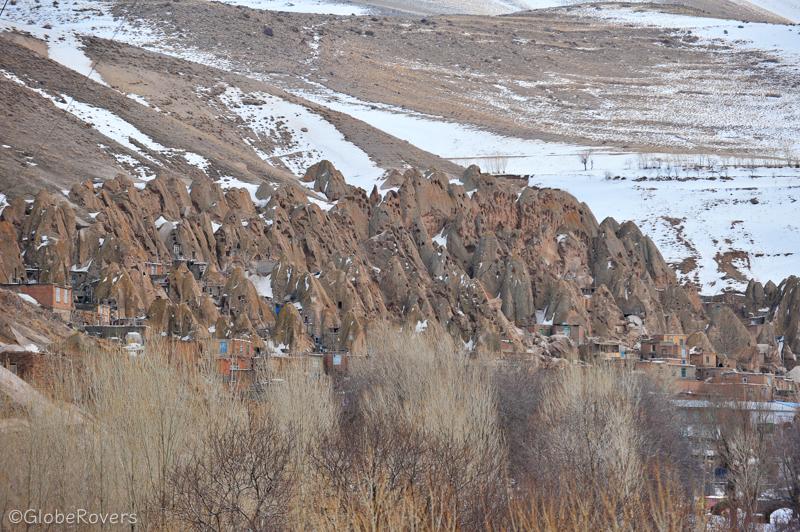
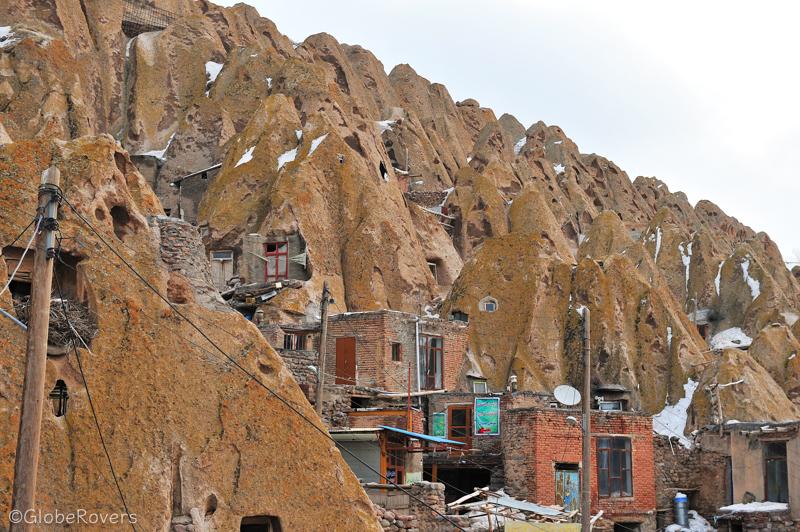
The caves remain quite warm in winter and those that house the warm bodies of the goats and sheep get uncomfortably stuffy even on the coldest days. According to legend, the first people to settle in the Kandovan caves were soldiers involved in military operations about 700 or 800 years ago.
Most people in the village still wear traditional clothes with women wearing printed chadors.
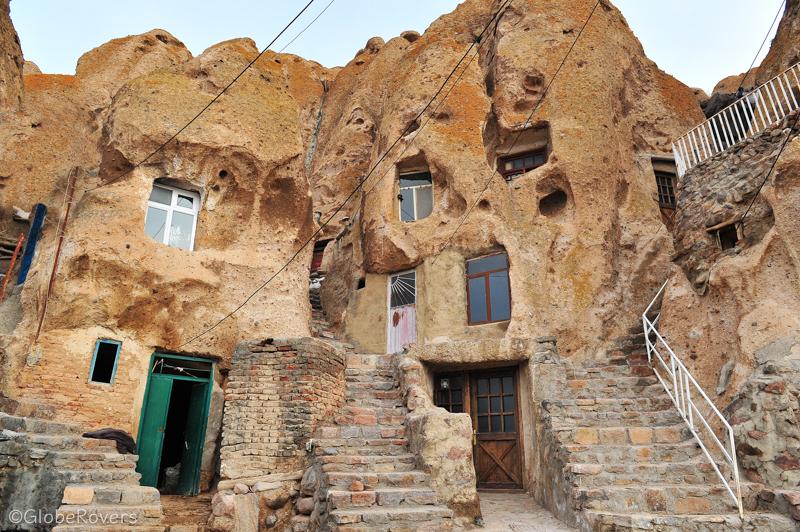
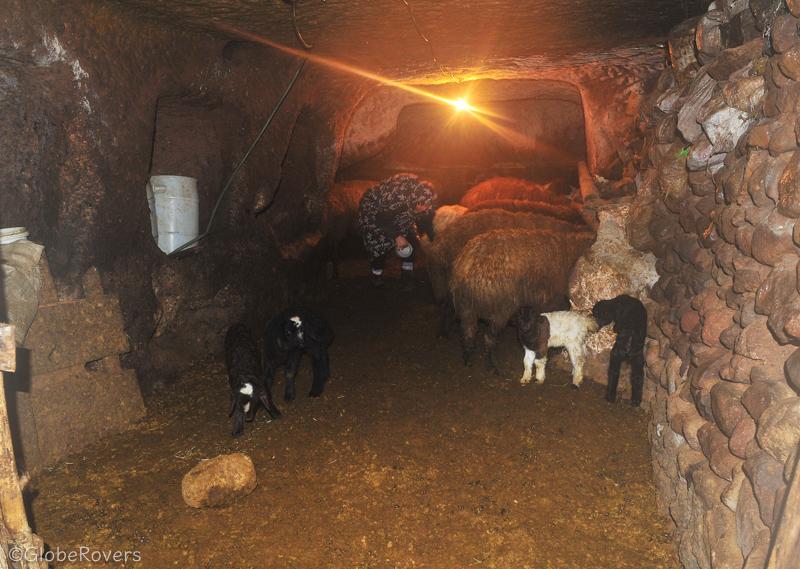
Masuleh
Back to Tabriz, a 500 km road which runs southwards partly along the Caspian Sea, leads to another interesting mountain village. Located in Iran’s northern Gilan Province, Masuleh was founded in the 10th century AD and nowadays has a population of about 500 which declines in winter and increases dramatically in summer.
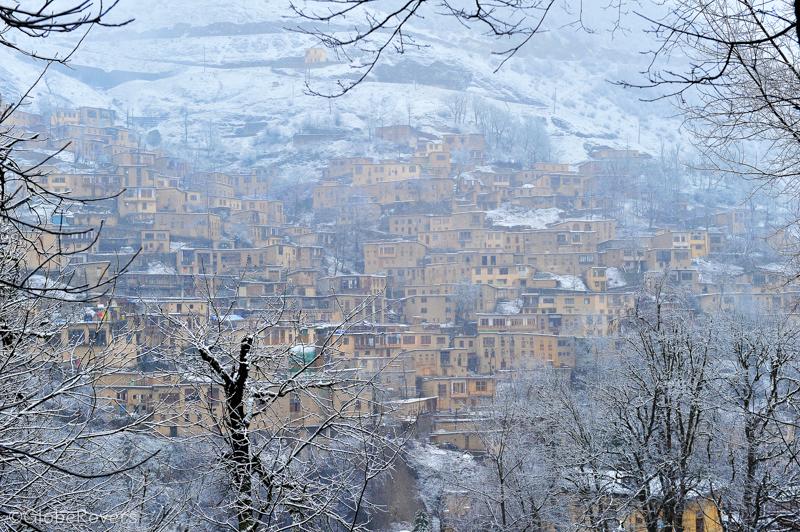
The village is located in the Alborz (or Elburz) mountain range and lies 1,050 m above the nearby Caspian Sea which results in a fair amount of snow during the harsh winter months.
Historians found that the original village of Masuleh (now referred to as “Old-Masuleh”) was established around 1006 AD but due to consistent attacks from surrounding nasty neighbours, the village moved about 6 km away to its current location.
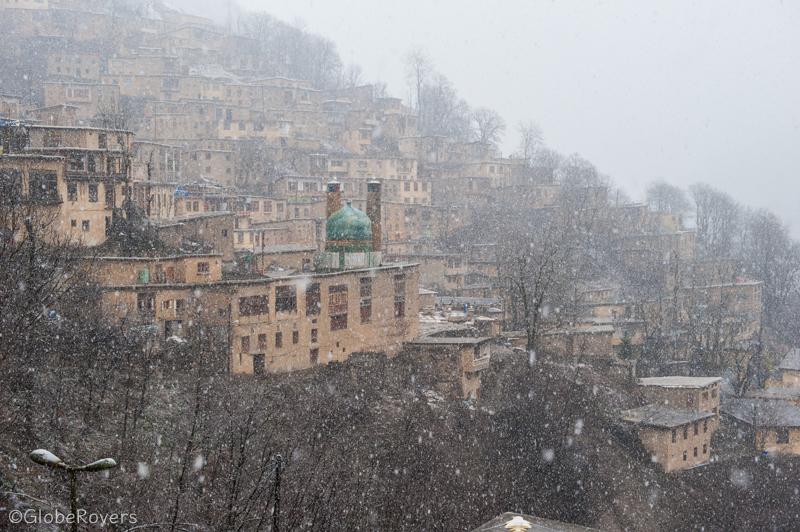
The village is built along the slopey foot of the mountains with the Masouheh-Rood-Khan river flowing at the bottom of the valley.
Fog is ever present here which adds a special atmosphere to the village. Buildings are mostly two stories with the lower level’s roof being the walkway for the upper level. Most of the kid’s playgrounds are the roofs of the homes directly below theirs.

The Iranians have a popular description for Masuleh which in English literally means “The yard of the above building is the roof of the below building”. Some buildings are painted in bright yellow which allows for better visibility in the fog.
While in Masuleh, join a few residents in one of the teahouses and enjoy some tea and qalyān. Persian qalyān, also known as hubble-bubble, hookah, sheesha, and water-pipe, is popular across Iran. The qalyān is used for smoking flavoured tobacco called shisha. Historians claim that the qalyān was first smoked by a Persian physician at the court of the Mughal emperor Akbar the First during the 16th century.
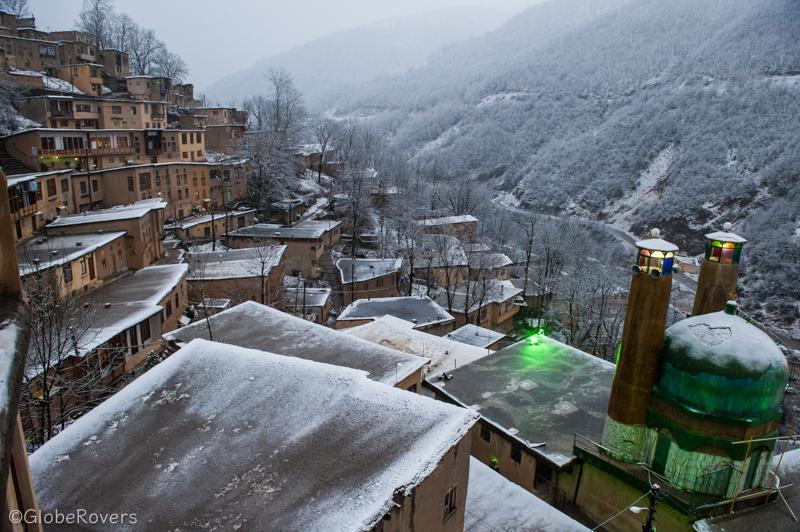
Many Iranians love to smoke after lunch or dinner, especially in traditional Persian restaurants.
From Masuleh an interesting 380 km road leads along the mountains back to Tehran. Remember to stock up on Iranian food, Persian carpets and leather goods before heading back to Tehran’s Imam Khomeini International Airport.
Before disappearing into the high clouds, blow a kiss to the Iranian people who treated you so well, and promise yourself that you will be back.
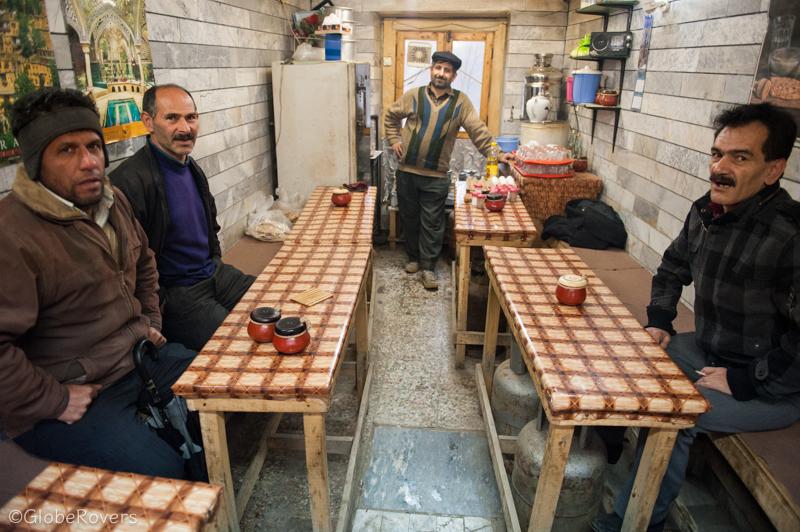
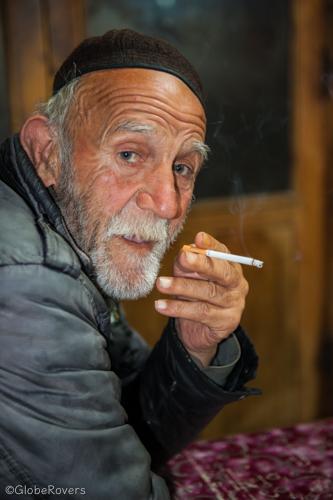
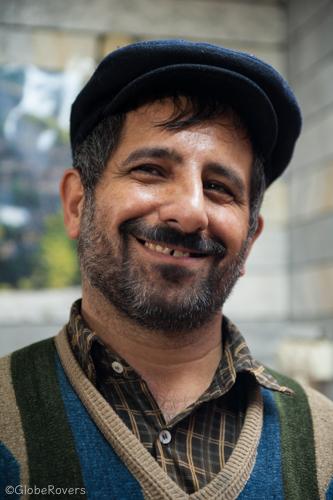
☛ Read more:
All posts of Iran
The Northwestern Region ~ you are here!
The Central Region
The Southern Region
Kashan: A Desert City with a Rich Cultural Heritage



Blog post and photos by Peter who has been travelling almost full-time since 2005 and has been to over 122 countries. He visited several countries, such as Japan, more than 20 times. Peter is Editor-in-Chief and Publisher of GlobeRovers Magazine, an independent travel magazine focused on intrepid destinations.
